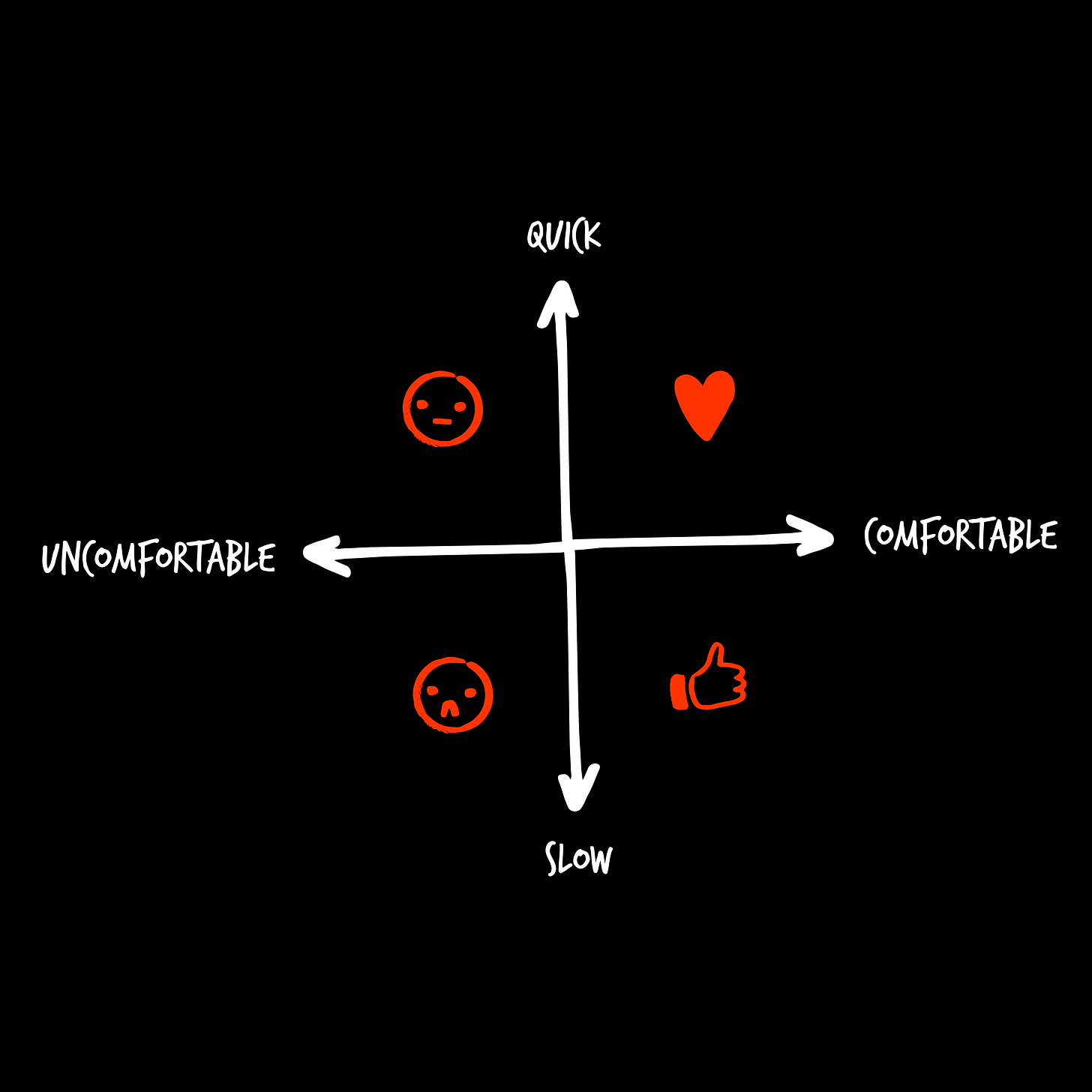How much time do you need?
#28: A simple tip for addressing that question (with Notion template)
In my early career, I used to get annoyed by those questions because I couldn't estimate how much time was needed. I didn't like the idea of my work being constrained by time and feeling rushed to complete it.
Sometimes our work isn't solely about us working in our bubble. Various uncontrollable variables can impede our progress.
Even design tasks that appear identical can result in varying timeframes.
Should I estimate based on complexity like engineer? I don’t know.
Estimating isn't always an easy and fun job.
In reality, we face deadlines. We intend to release the new updates by the end of the week, test the new feature prototype by next week, and present the new ideas to stakeholders next Tuesday. From the business operations and management perspective, time estimation provides them with a sense of control. They want to make sure that all the necessary work and timelines are in line with their plans.
In the end, we still need to answer, “How much time do you need? How’s the timeline?”
I believe no one is better at estimating the time you need than yourself. A designer may need an hour to draw an icon, while others may need only 15 minutes. We are working at our own pace. That’s why it's frustrating when someone even who isn't a designer says a particular job will probably take X mins to do.
I have a simple tip to help you improve at estimating the time needed for design work. It's not a silver bullet, but rather a practice to enhance your awareness.
Keep track of your time by recording your initial estimates and the actual time you spent on design activities.
Log the specific activities you were involved in, instead of using a general term like "doing design work." Be specific, like "Finding inspiration" or "Sketching alternatives for early discussion with developers."
Include notes wherever you felt joy, had insights, encountered issues, faced challenges, or anything noteworthy. These notes are important for you to remember the situations and nuances.
Over time, you will accumulate a collection of records from your past design activities. The next time you need to estimate the time required, you can open your log, select the relevant activities, and review their time records. This will help you make better decisions.
You would become better at noticing potential risks. For instance, you might recognize that while working on Project X, you encountered hurdles from the collaborators. This would make you more cautious when estimating time for similar scenarios. Additionally, you could proactively inform others if comparable situations might arise, drawing from your previous experiences.
Another way to utilize your time records is by observing activities where you faced challenges with particular design activities and took longer than your initial estimate. These can serve as areas for improvement.
Lastly, I record how comfortable I felt during the design activity I engaged in. By "comfortable," I mean, throughout the process, despite uncertainties and challenges, I am aware of the approach to take, how to tackle the work, and how to give my best effort.
I believe time, speed, and efficiency aren't the primary factors we should focus on. Sometimes, what can be done quickly might not result in the best quality work.
Recording the time you spent and your comfort level can help you gain a well-rounded perspective on your work.
Being quick and comfortable is the ideal case, but it's rare. It's similar to getting something of high quality at a low cost. Don’t concentrate on speed until you're comfortable with your process. It's okay if you need to invest more time in a task to achieve a certain level of quality in the end. Before striving to make your process quicker and more efficient, be consistently optimizing your skills and the process that makes you comfortable doing the best work.
Once again, speed isn't the main factor. I get that this might not be the case for your manager or client who's all about shipping, shipping, and shipping. In any case, this is a topic for another discussion in a different context.
Ultimately, maintaining an estimation log is not only about developing a more accurate sense of time estimation but also about understanding the situations in which you perform at your best. This way, you can replicate those conditions next time and identify areas for improvement.
You can download the time estimation log template here.
Handbooks for designers
I'm writing two handbooks to guide designers with valuable insights, helping them thrive in their craft.
Frameworks for Thinking offers various frameworks and tools to help designers and creatives think critically, generate new ideas, and solve complex problems.
Deliberate Practice for Designers provides guides and insights to help you master your craft and become a lifelong learner through deliberate practice.
Support Design Buddy
All the content on Design Buddy and in the newsletter is accessible to everyone for free
If you like my post, please consider giving it a ❤️
Share it with your design friends.
Subscribe to the newsletter, if you haven’t.
If you have any comments or feedback, or if you'd like to get in touch, feel free to send me a message. Thank you for subscribing!




